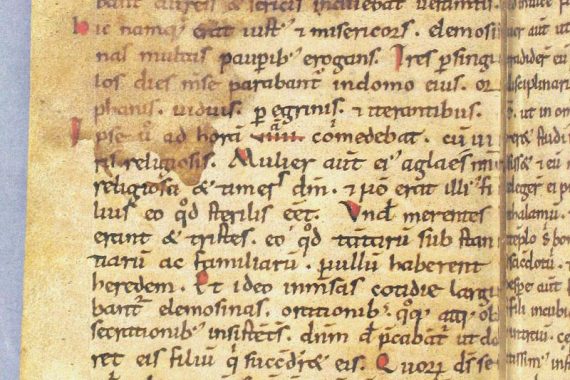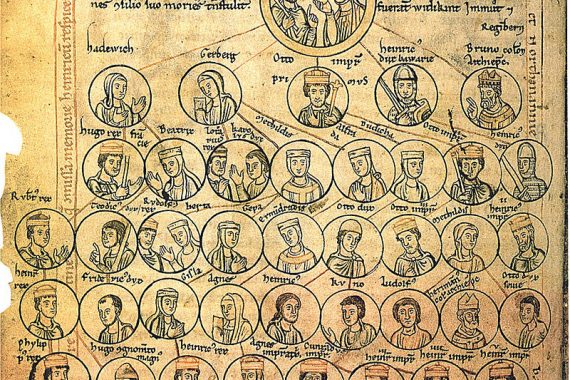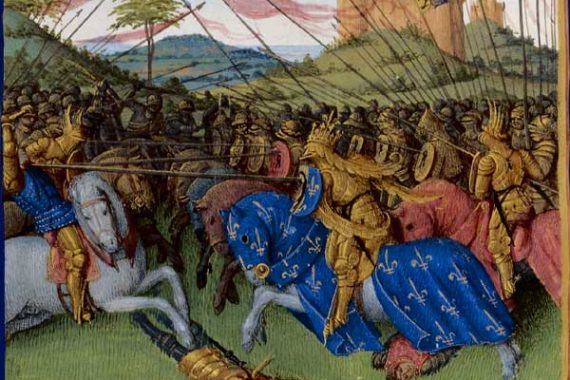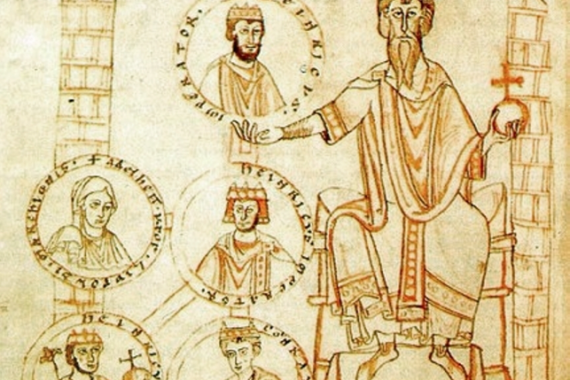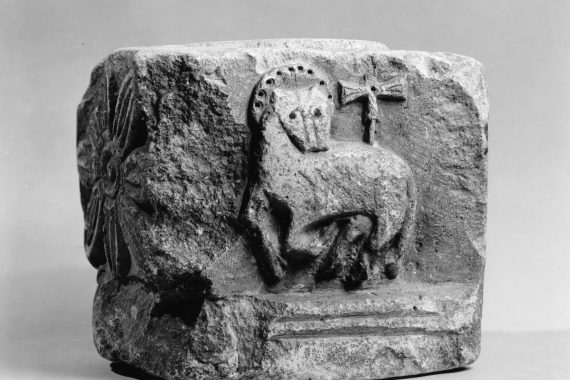Barcelona Synergy Event, May 24th-26th 2018
Participants: Stefan Esders (Berlin), Sarah Greer (St Andrews), Sarah Hamilton (Exeter), Alice Hicklin (Berlin), Simon MacLean (St Andrews), Ekaterina Novokhatko (Barcelona), Lenneke van Raaij (Exeter), Matthias M. Tischler (Barcelona), Jelle Wassenaar (Vienna) Philippe Depreux (Hamburg), Sumi Shimahara (Paris), Charles West (Sheffield) This synergy event allowed scholars to investigate several important manuscripts located in Catalan archives…


